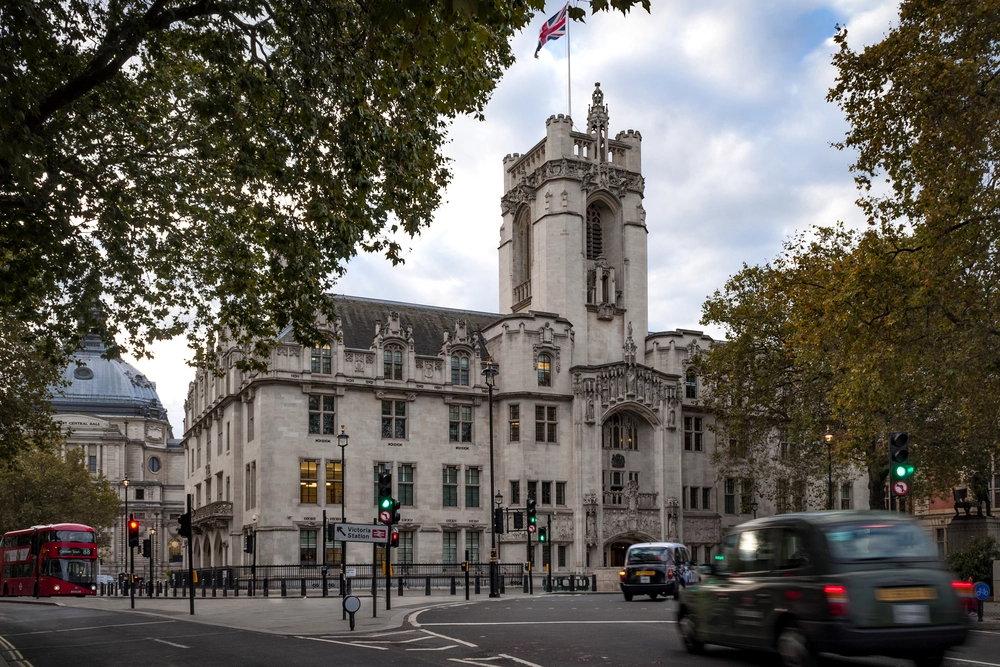
DISPUTE RESOLUTION E-BULLETIN ARTICLE
This is the second article in a series examining professional negligence claims.
The first article in our January E-Bulletin set out the three main hurdles that a claimant in a professional negligence case must overcome in order to prove their case. These include establishing that a duty of care was owed by the professional to the claimant, that the duty of care was breached and that the claimant suffered damage as a result of the breach.
The purpose of this article is to look at the first of these elements, duty of care, more closely.
As explained in our first article in this series, in deciding whether the claimant is owed a duty of care, the court will consider a three stage test. This is set out in the case of Caparo Industries plc v Dickman & Others [1990] UKHL 2. The three limbs of the test are:
- Proximity - how close is the relationship between the professional and the claimant
- Foreseeability - whether the damage incurred was foreseeable
- Reasonableness - whether it is fair, just and reasonable in all the circumstances to impose a duty
The Caparo test was formulated to try to restrict the number of claimants bringing negligence claims against professionals. The Courts are concerned that a significant increase in the number of negligence claims will have a detrimental effect on society overall, by leading to an increase in insurance premiums and creating an unjustifiably risk averse society.
A useful illustration of this in practice is in the context of claims by purchasers against professional property valuers. In property transactions, it is common for the purchaser not to obtain his/her own valuation and instead to rely on the valuation obtained by the lender. There is generally no contractual relationship between the buyer and valuer, with the result that, if the valuer makes a mistake, the buyer cannot bring a claim against the valuer for breach of contract.
In light of that, the case of Smith v Eric S Bush [1990] UKHL 1 saw the House of Lords establish that a valuer owed a duty of care to the potential purchaser of a property. In reaching its conclusion, the House of Lords attempted to give practical effect to the reality that, notwithstanding the fact that the valuation was carried out for the lender, it was ultimately the purchaser who paid for and relied on it. However, a subsequent recession and consequential fall in property prices led to a significant increase in the number of professional negligence claims being brought against valuers by purchasers seeking to recoup their losses by relying on the decision in Smith v Bush.
Keen to stem the flow of claims in this regard, in the case of Scullion v Bank of Scotland plc (trading as Colleys) [2011] EWCA Civ 693, the Court of Appeal sought to limit the circumstances in which a valuer would owe a duty of care to a purchaser.
Mr Scullion was a jobbing builder who sought to bring a claim for breach of duty against his lender's valuer for the losses he suffered on a buy-to-let property, including in respect of the rental income he achieved from the property. In contrast to the position in Smith v Bush, the court held that it was unfair to fix the valuer with knowledge that the valuation it had carried out for the lender was bound to be relied on by the purchaser. In doing so, it distinguished Smith v Bush on the following grounds:
- Scullion involved an investment purchase and the transaction was essentially commercial in nature, whereas in Smith v Bush, the purchaser was buying an ordinary domestic property in which he intended to live
- The buy-to-let market was a new market and so, unlike the position in Smith v Bush, there were few statistics available showing the extent to which the valuation would be relied on by investors
- Any investor in the buy-to-let market would be expected to obtain their own separate advice on the likely rental income from the property, which was not a factor in Smith v Bush
- As a lender is primarily interested in the property's capital value, rather than its rental income, a valuer's report would naturally focus on that aspect, rather than the likely rental income
Mr Scullion appealed but, perhaps unsurprisingly, the case settled before it reached the Supreme Court.
A further useful example of the Courts' approach to duty of care is in relation to statutory bodies.
In the recent case of Sebry v Registrar of Companies [2015] EWHC 115 (QB), the Court was asked to consider whether the Registrar of Companies owed a common law duty of care to a company affected by the Registrar's mistakes. The Registrar had erroneously registered a winding-up order against the claimant, a company called Taylor & Sons, when in fact it should have registered the order against an entirely unrelated company with an almost identical name, Taylor and Son (the only difference in name being that there was no 's' at the end). Although the Registrar's error was swiftly corrected, the claimant company alleged that it had suffered a loss of nearly £9 million, which ultimately led to the claimant being placed into administration.
The Court held that the Registrar did, indeed, owe a common law duty of care in these circumstances. The duty was to take reasonable care to ensure that the order was not registered against the wrong company. In reaching its decision, the Court considered the Caparo tests of proximity, foreseeability and reasonableness and held:
- The claimant was sufficiently proximate to the Registrar as its identity was readily discoverable by the Registrar at the time the winding-up order was registered
- Foreseeability of harm was obvious in this case
- It was fair, just and reasonable to impose a duty of care because, among other considerations, companies harmed by this type of error would otherwise have no remedy, there was a societal good in having an accurate Register and there was no policy reason not to impose a duty
For advice or guidance, please contact Steven Richards on +44 (0)1752 675078 or email [email protected]











